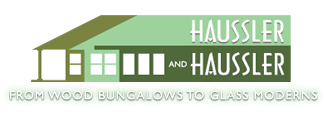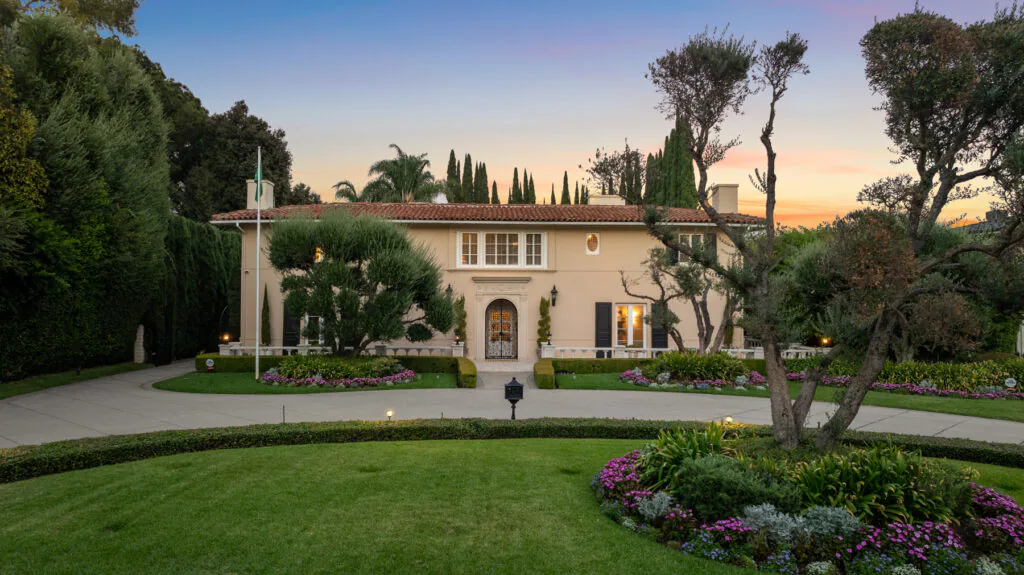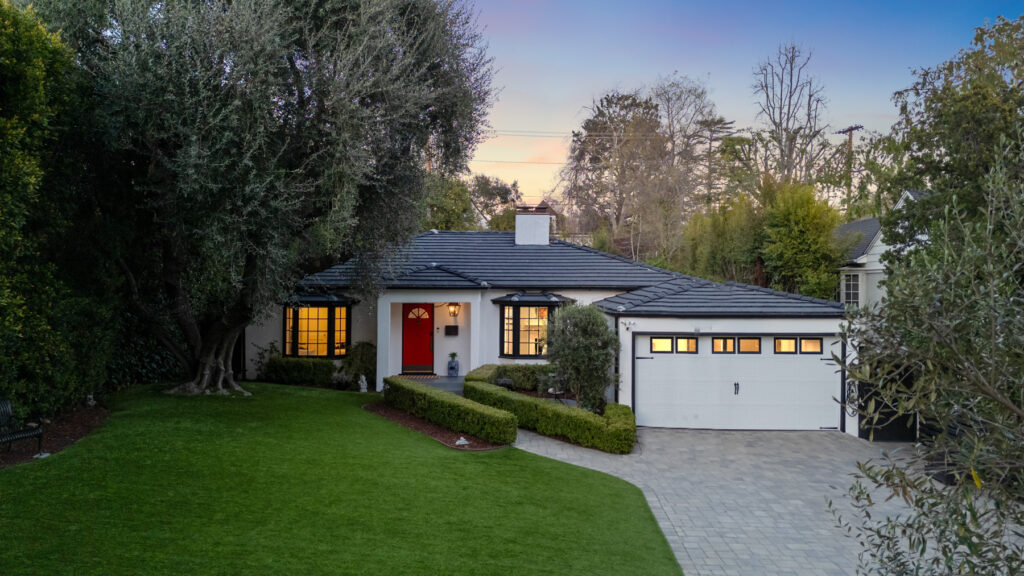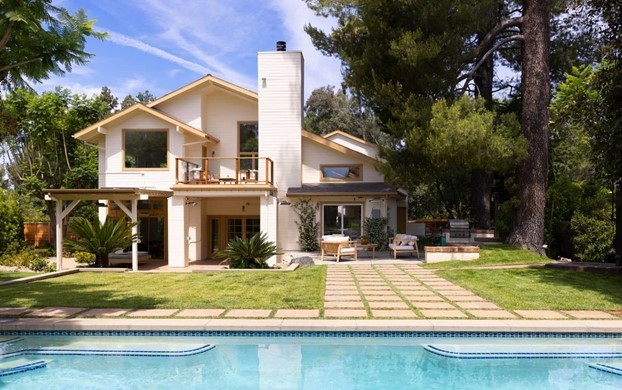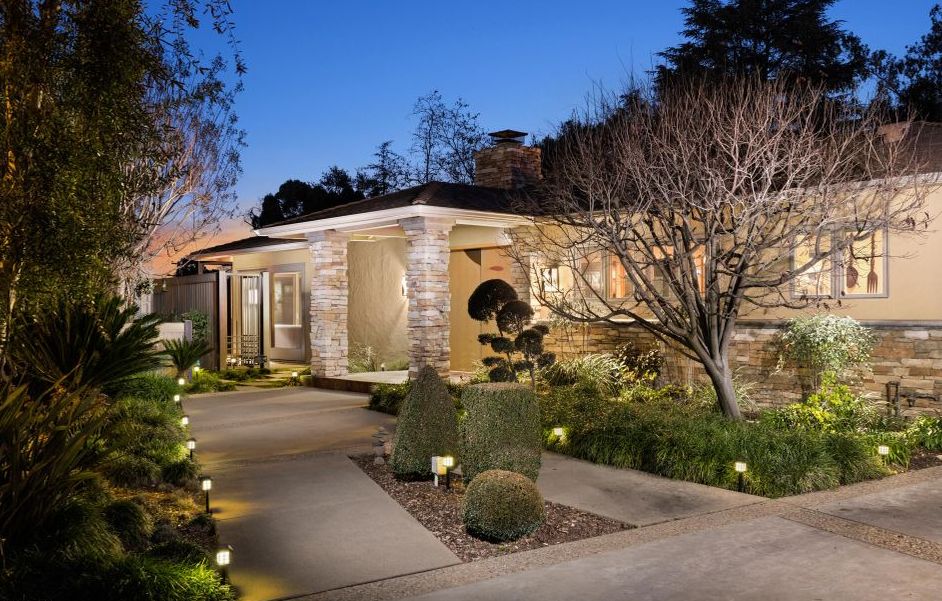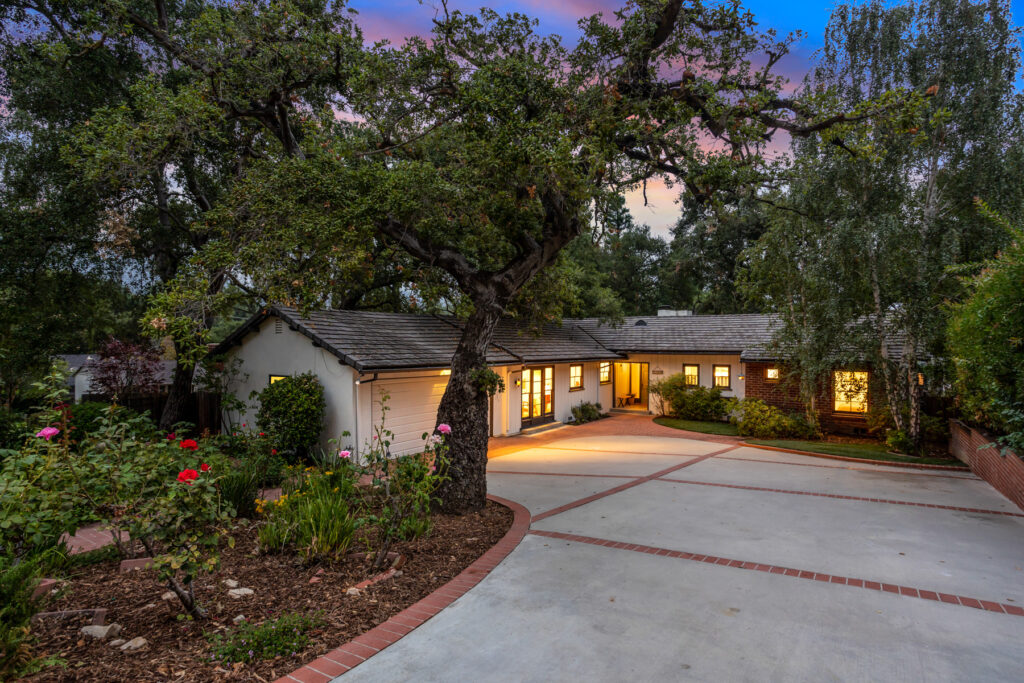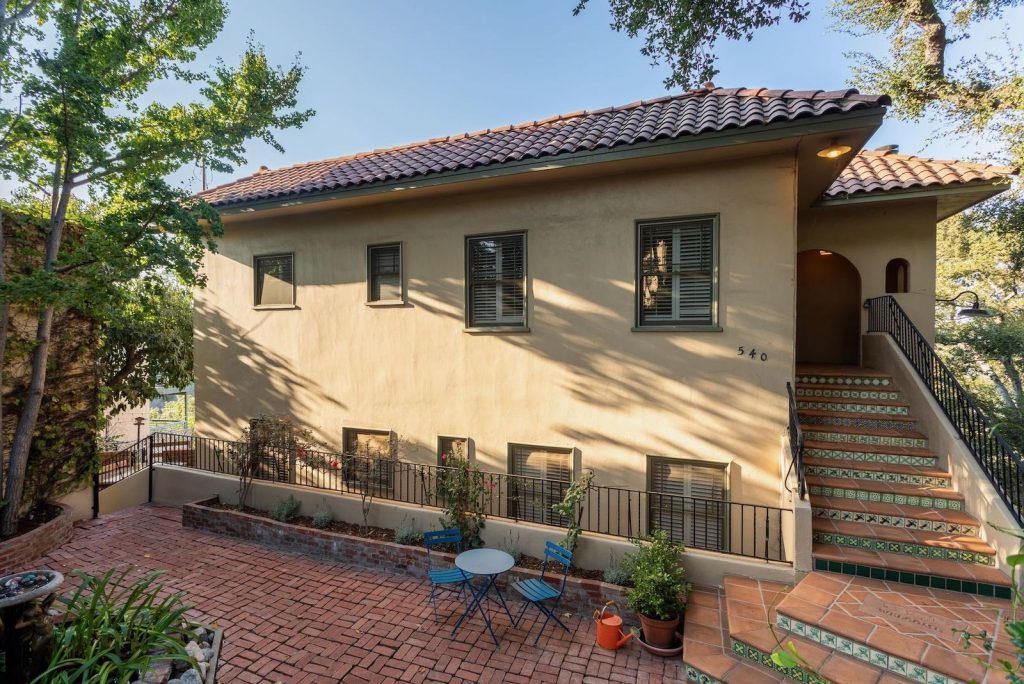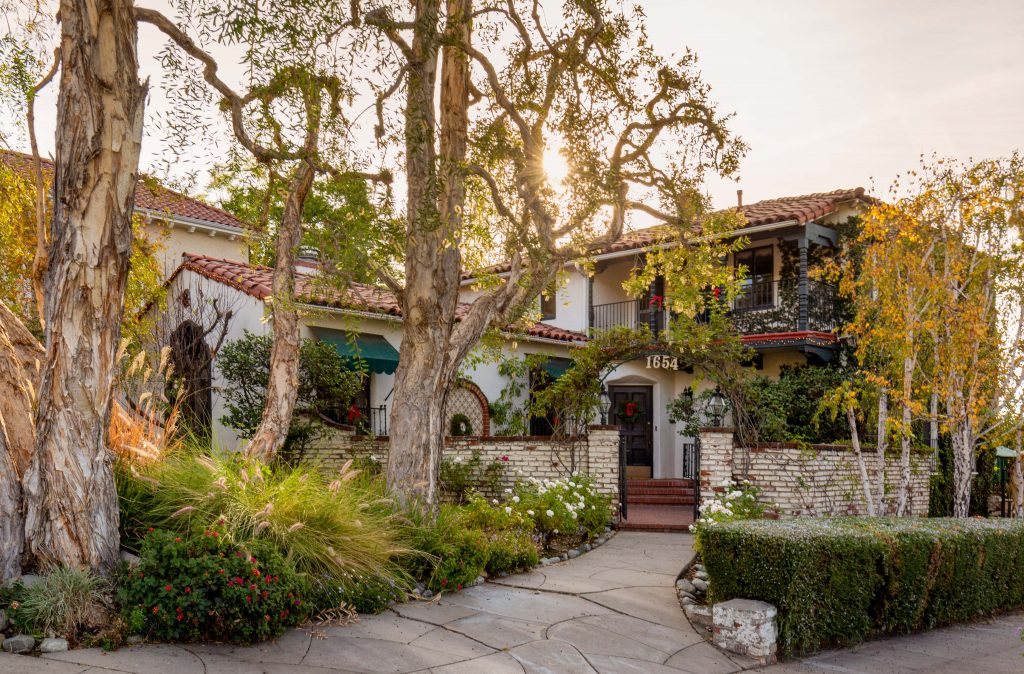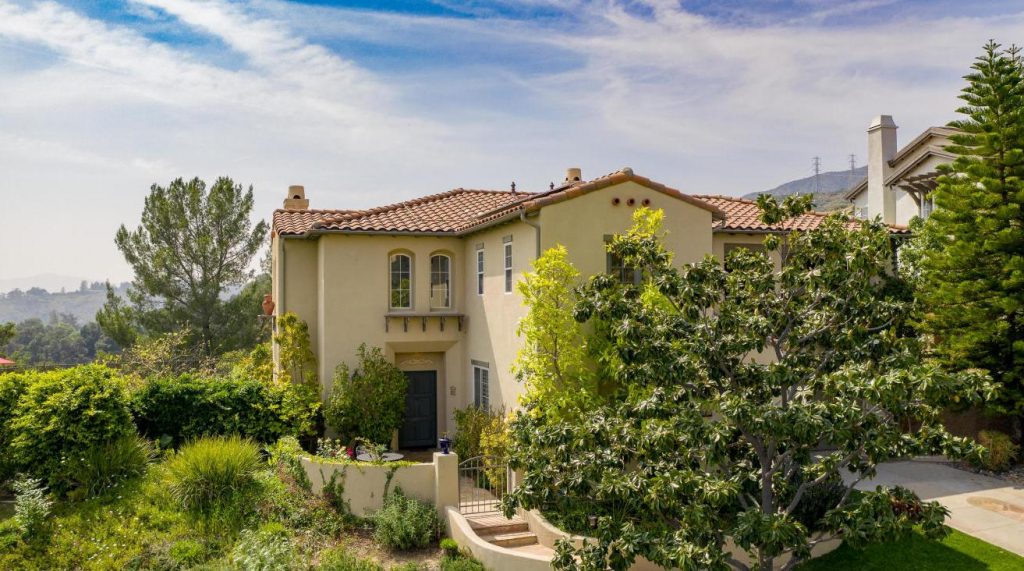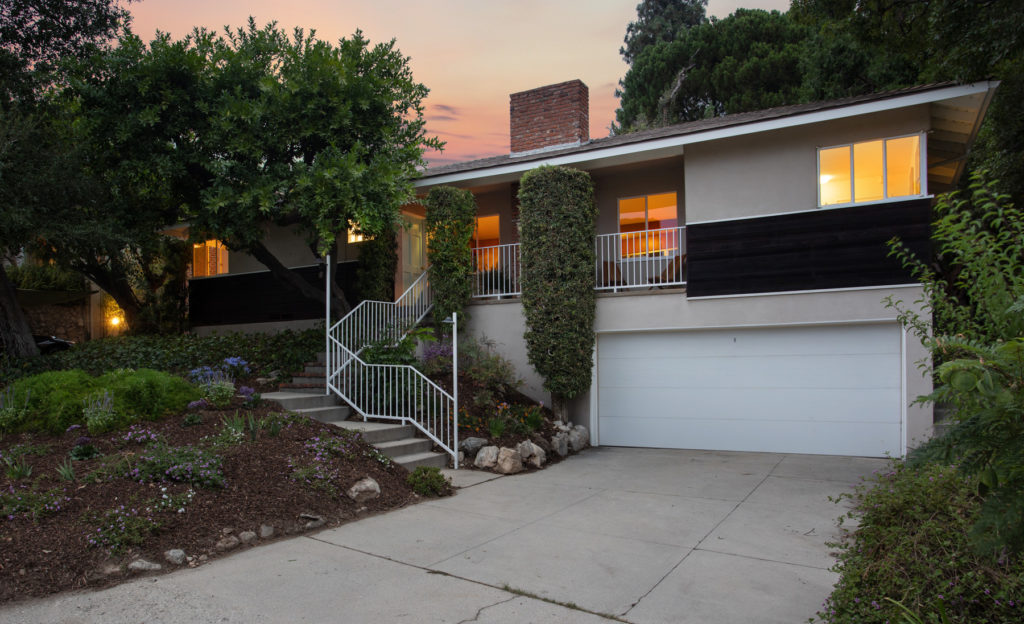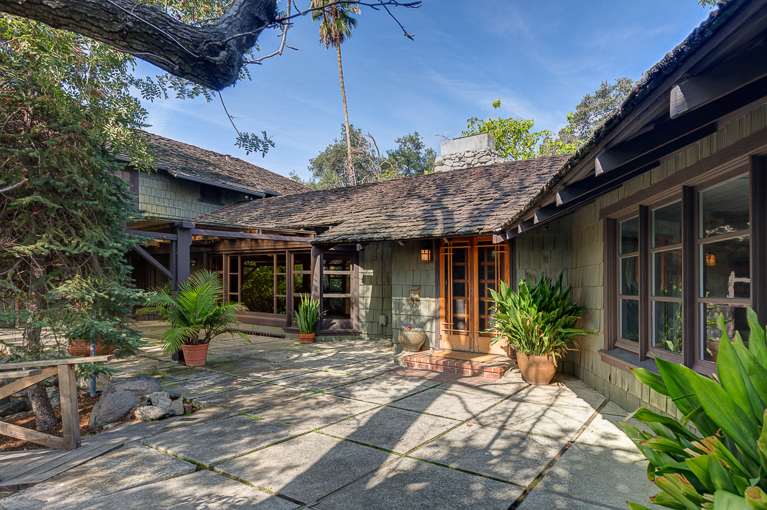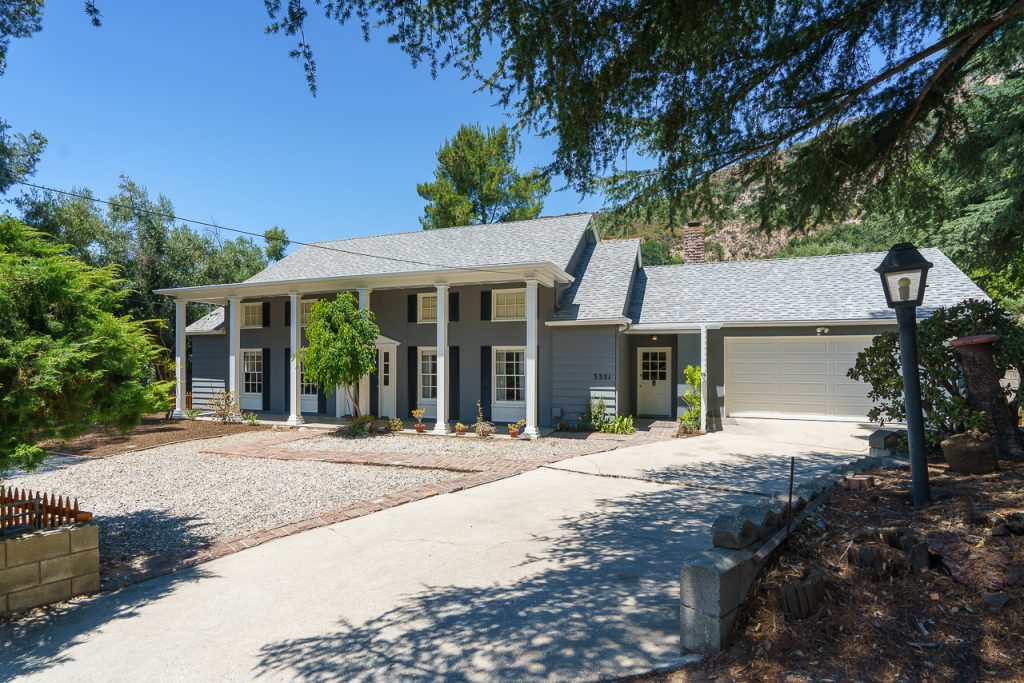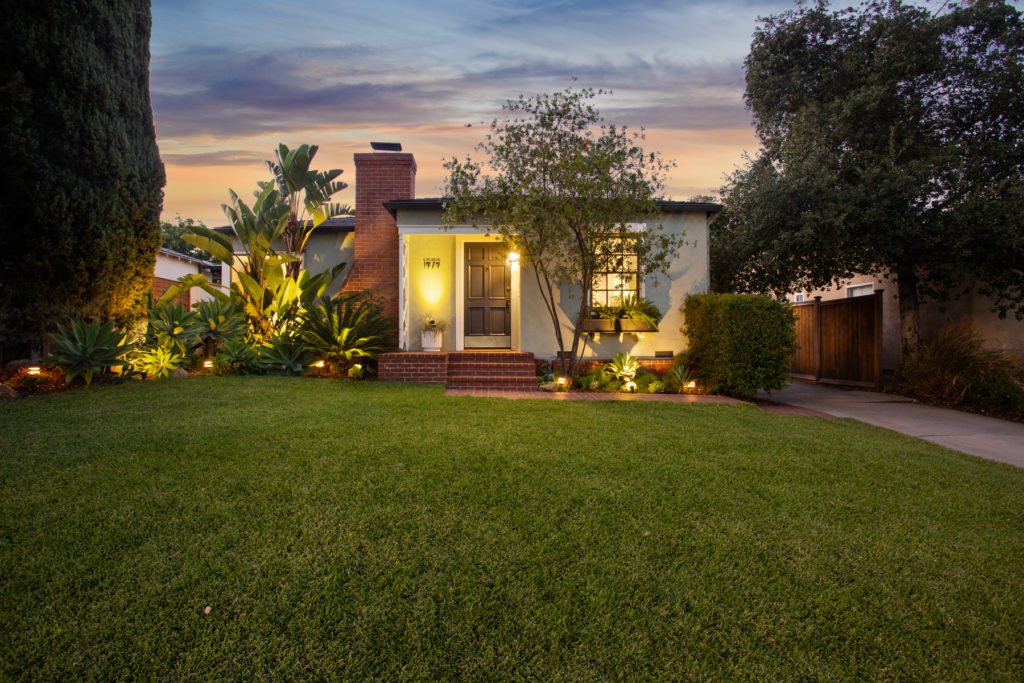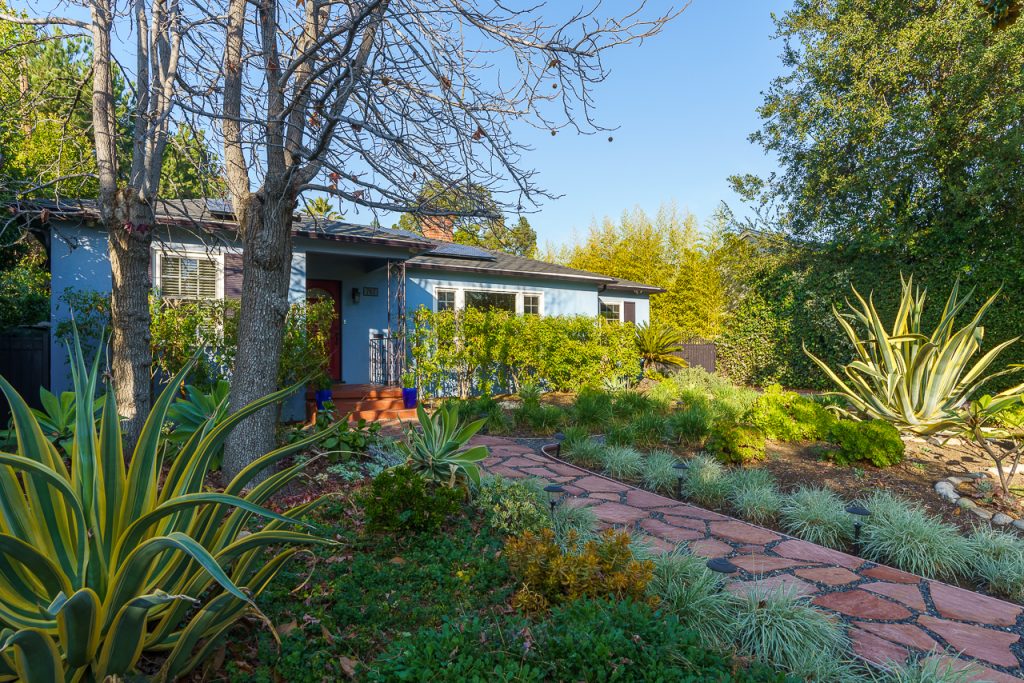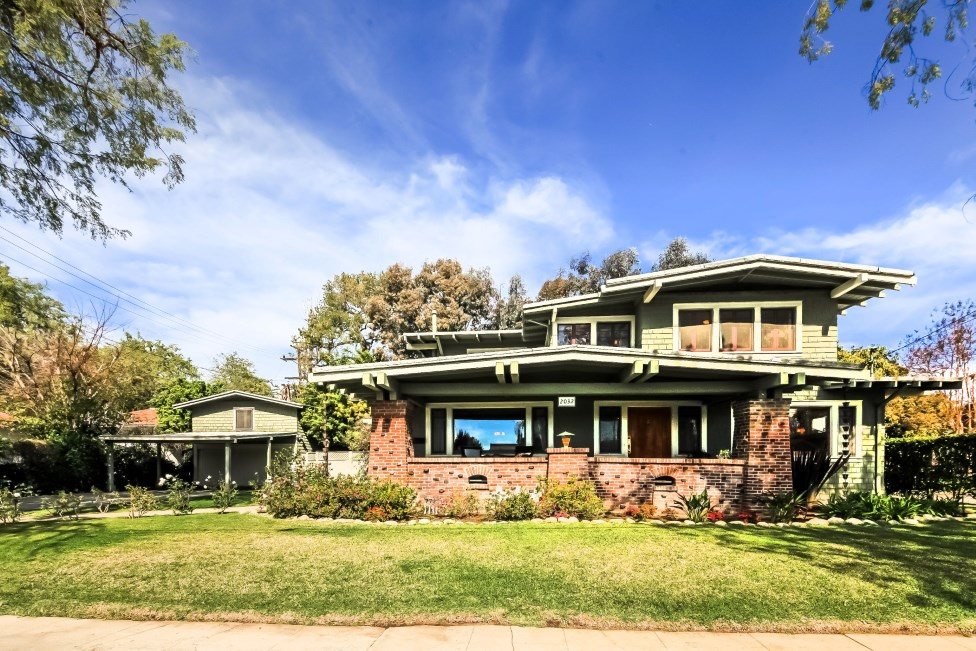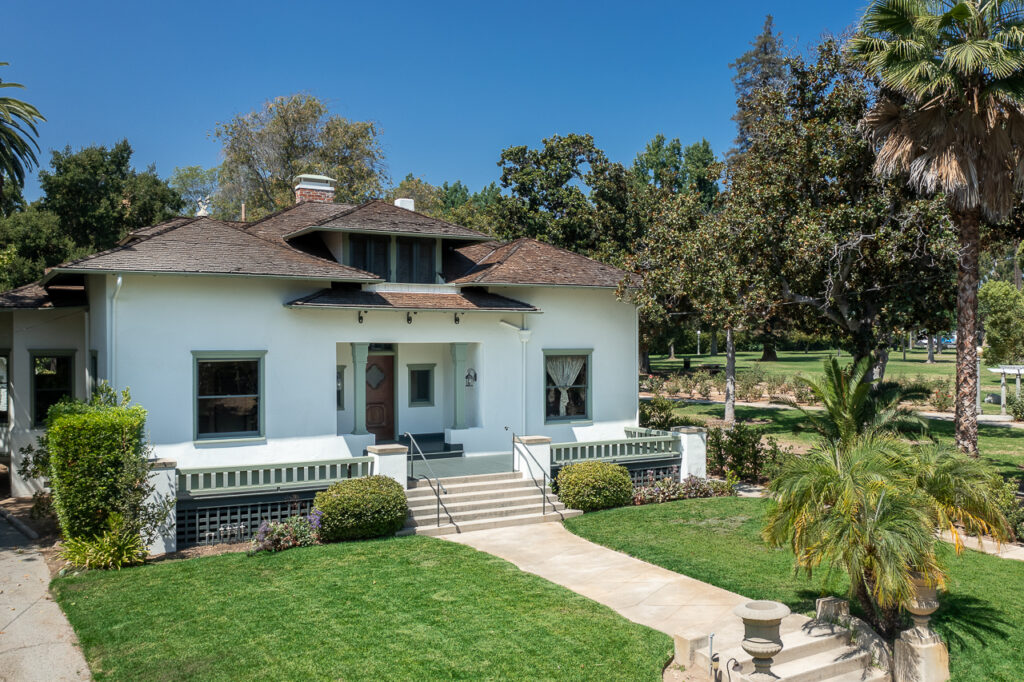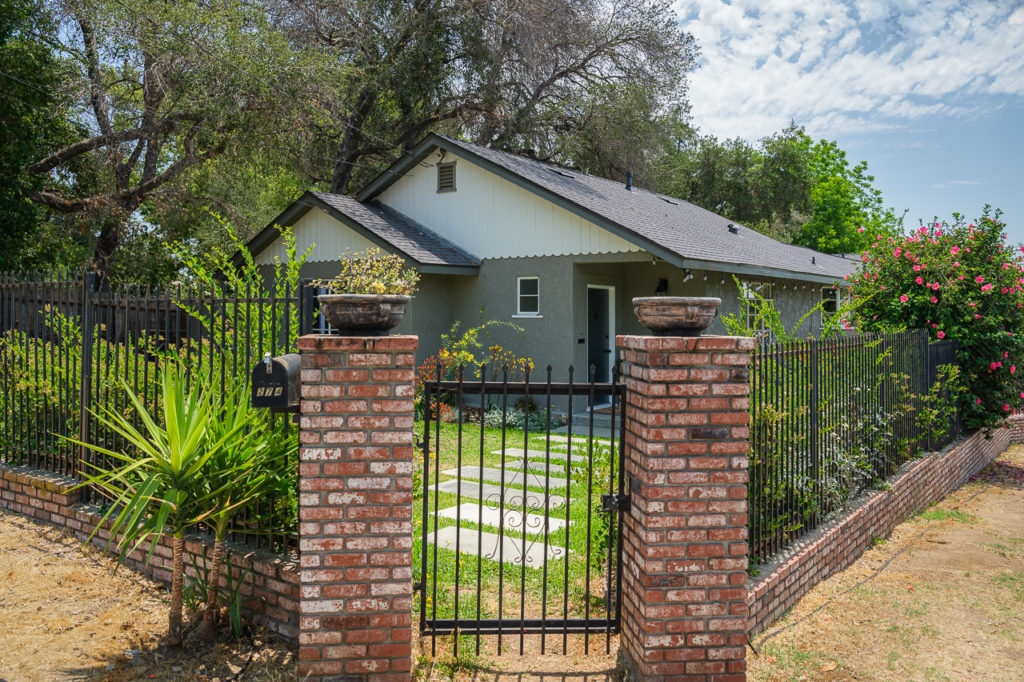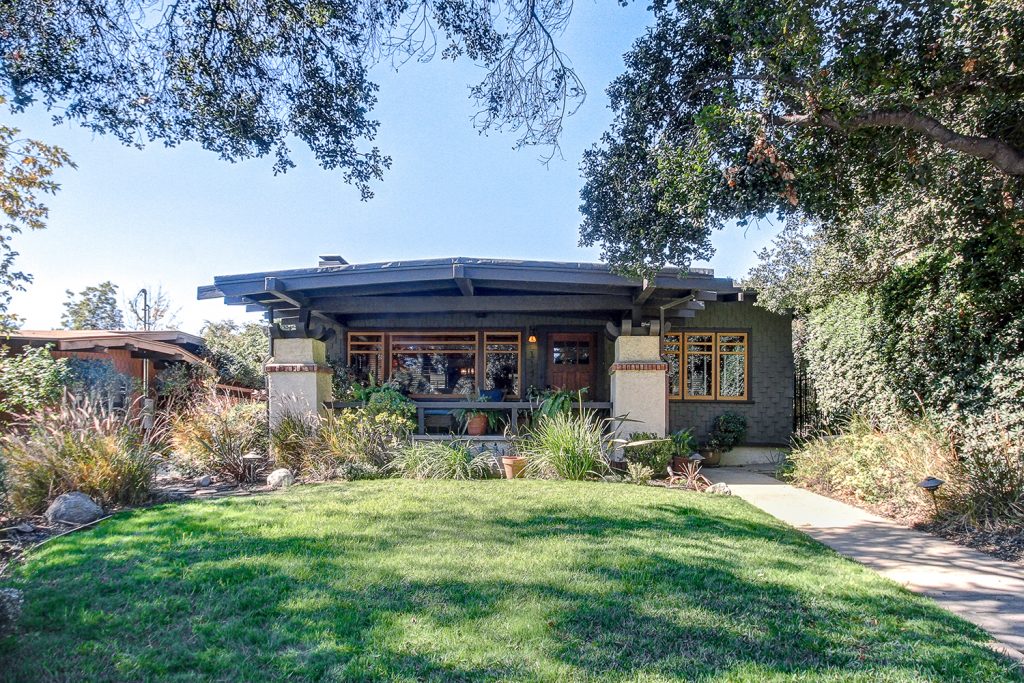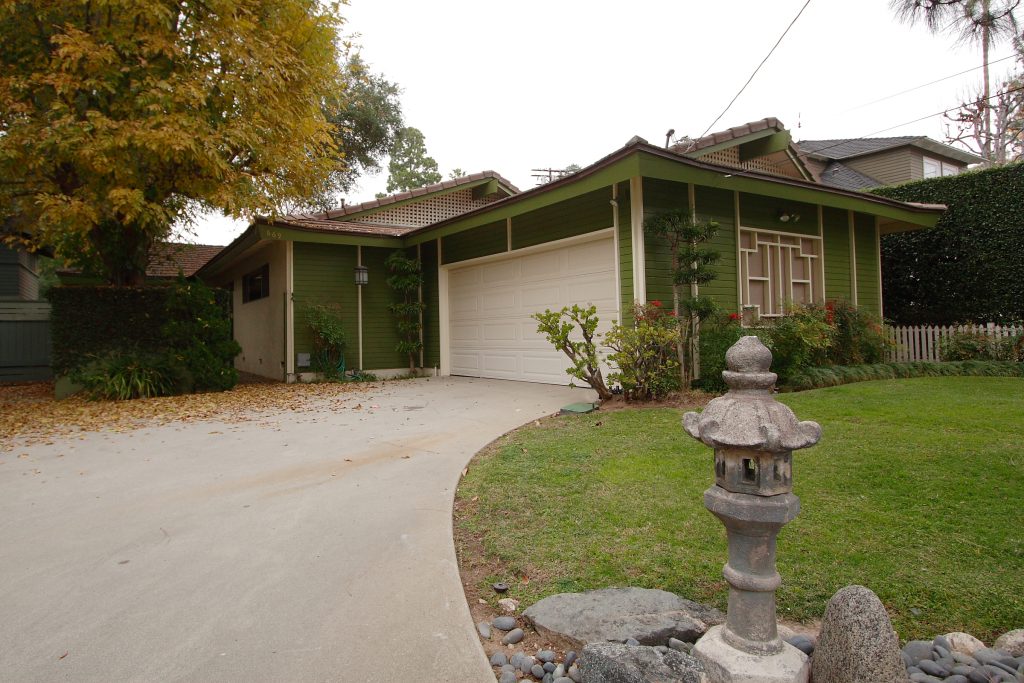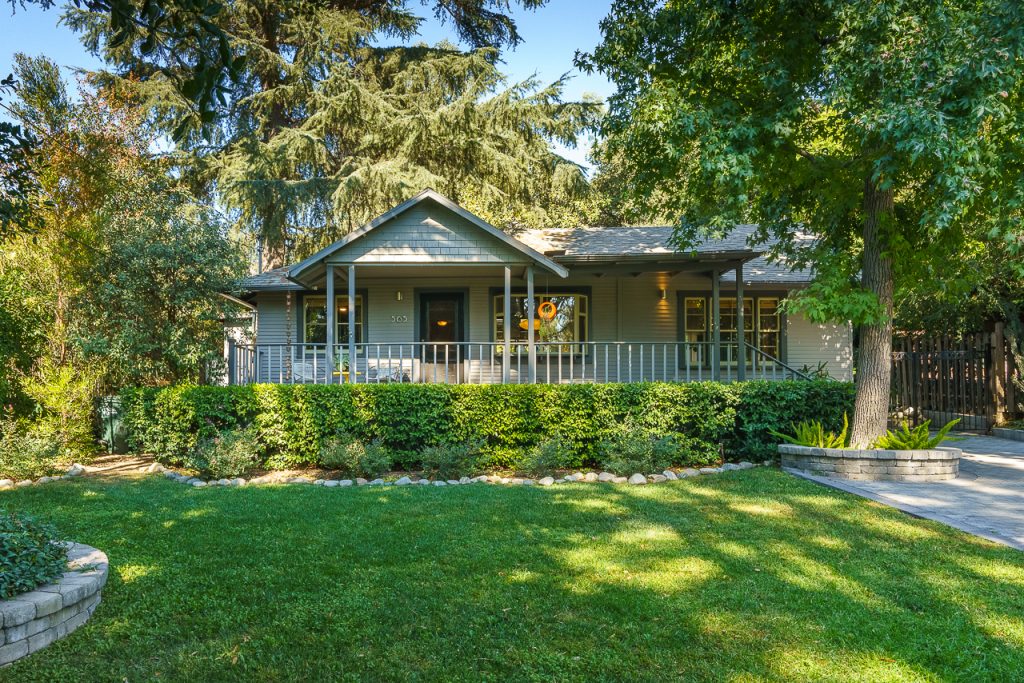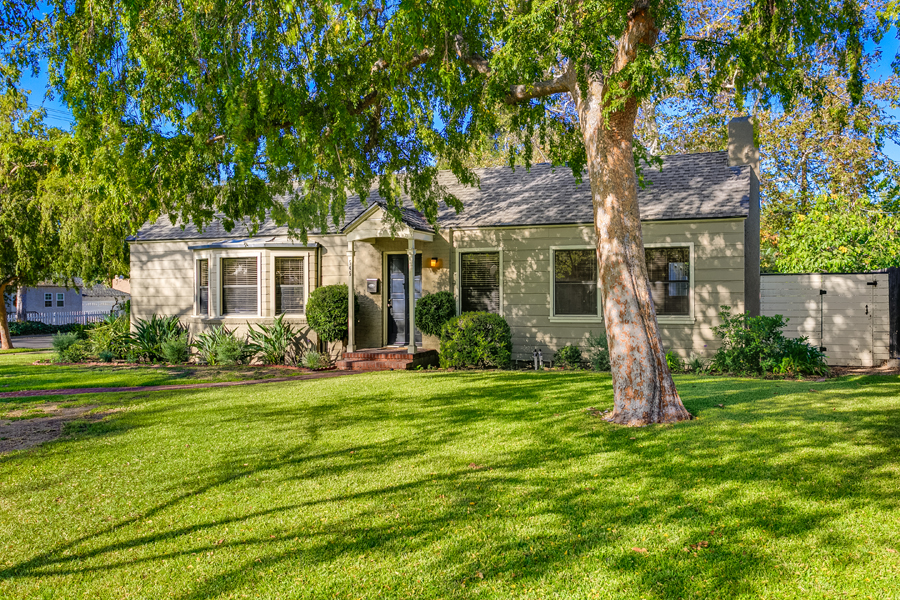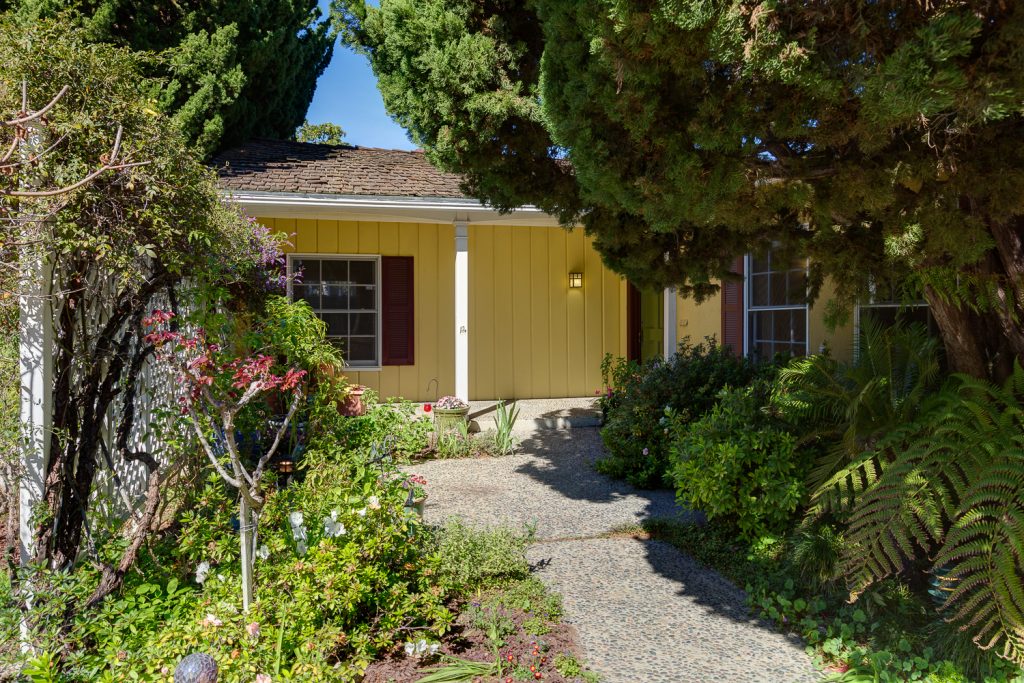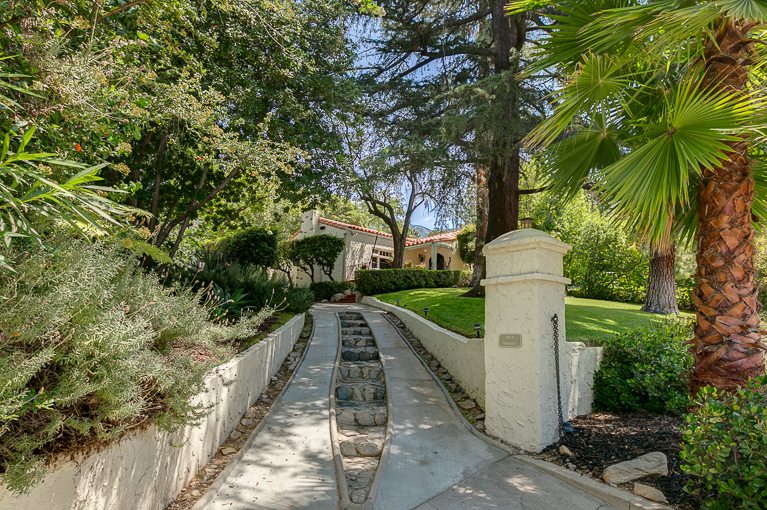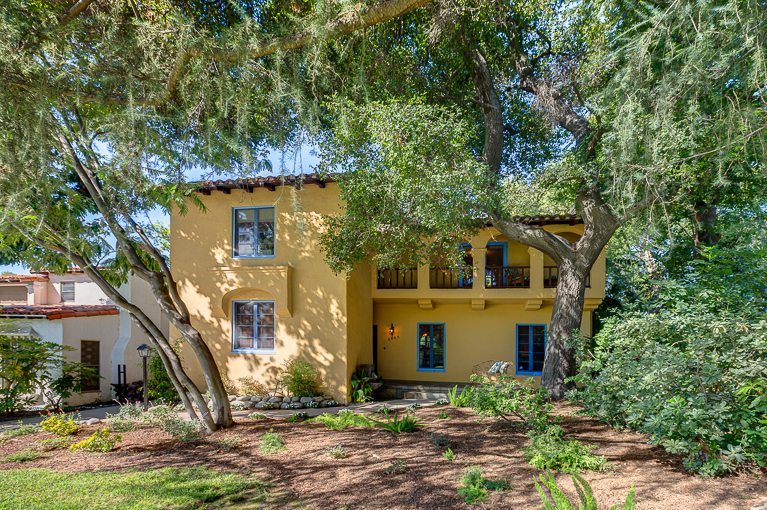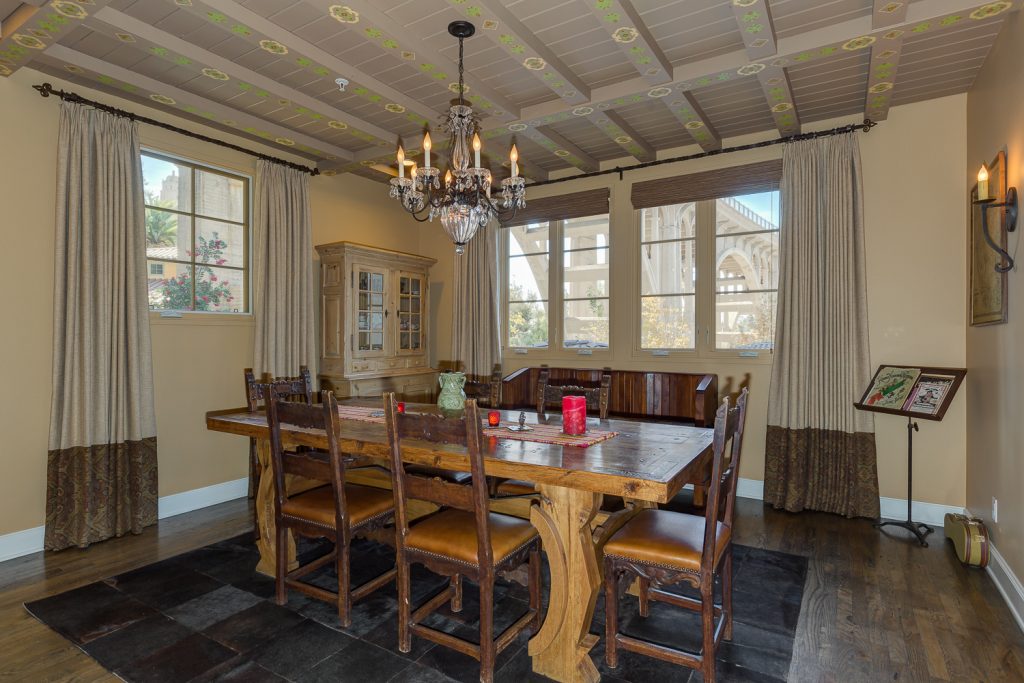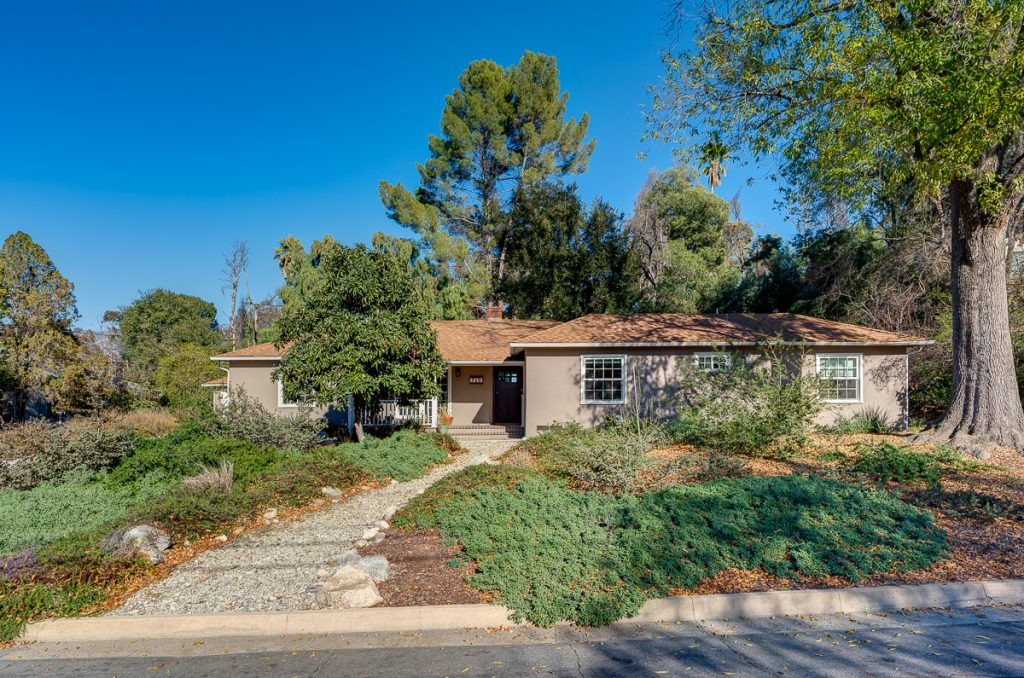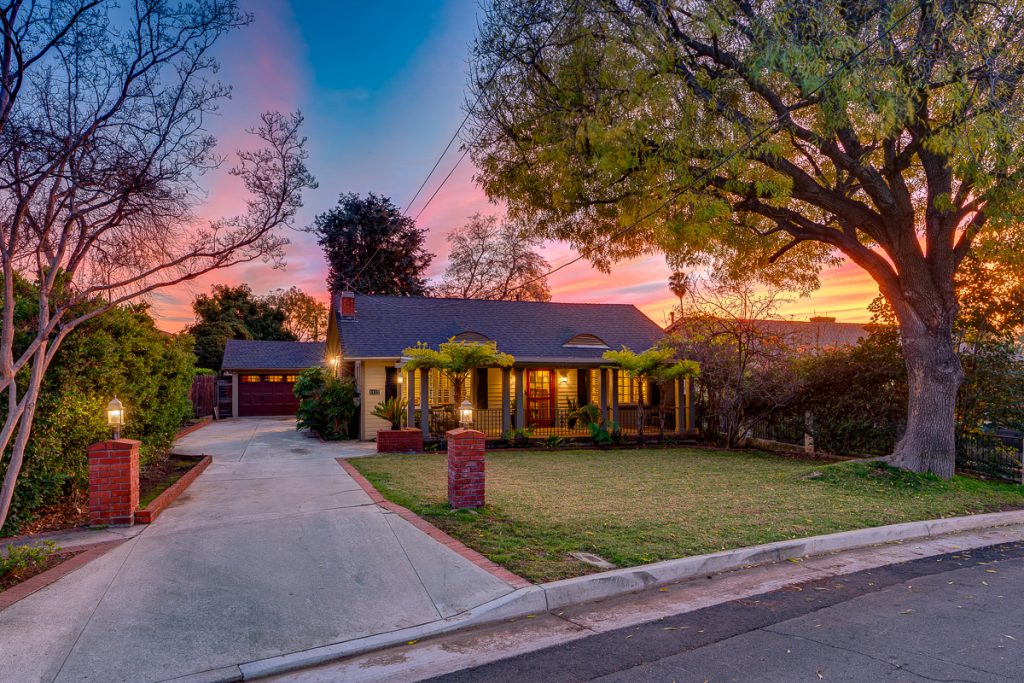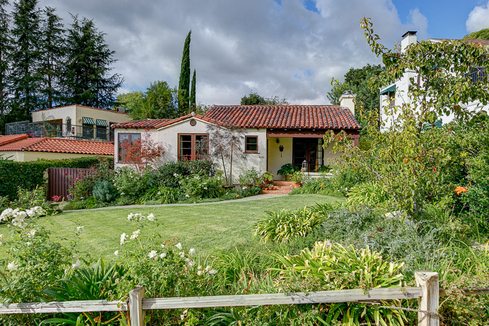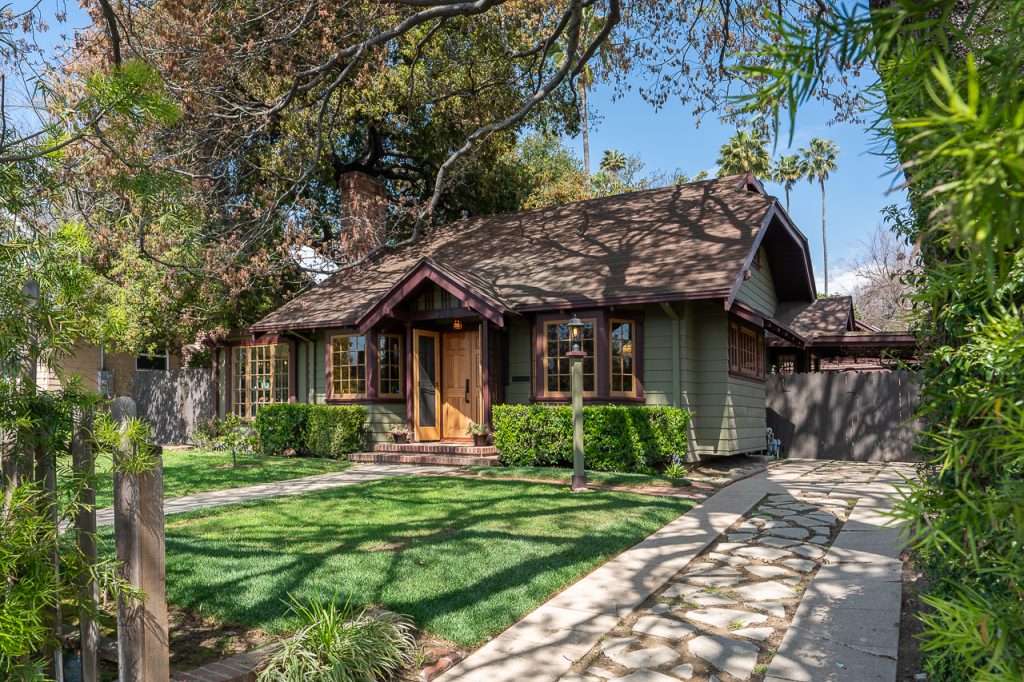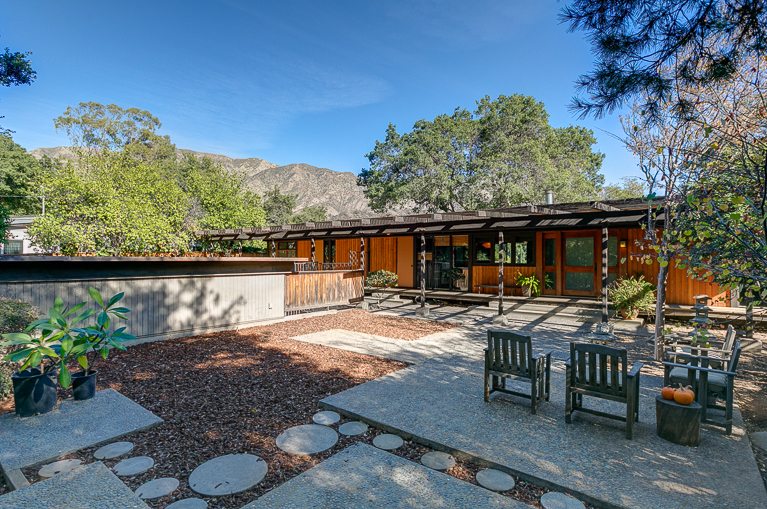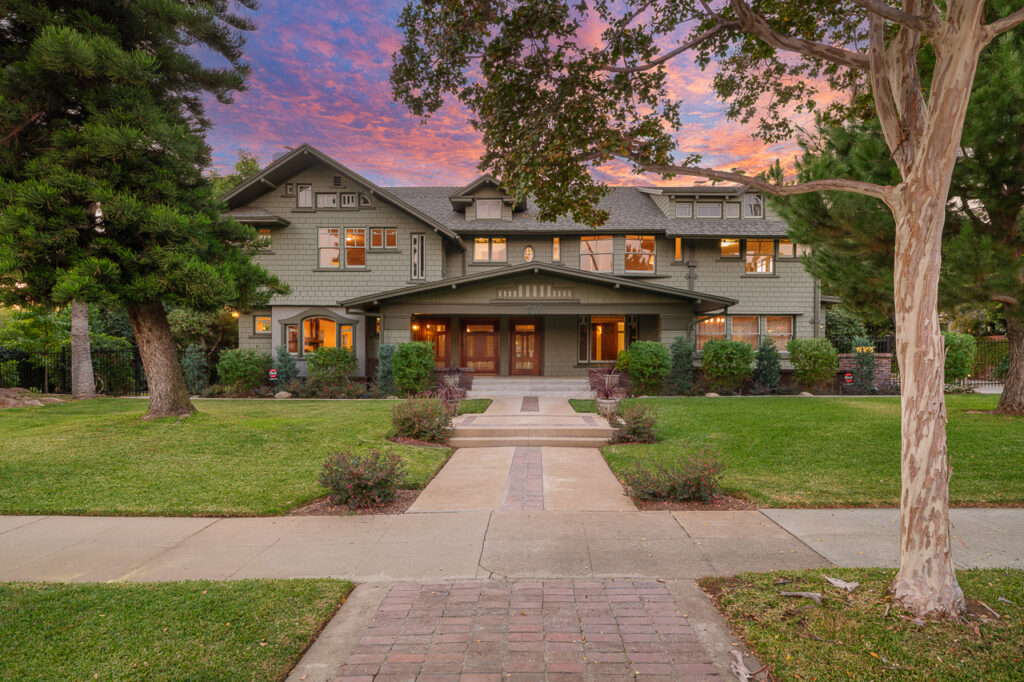Coldwell Banker
388 S. Lake Avenue,
Pasadena, CA 91101
office: 626.797.6500
Email: [email protected]
No-Interest Mortgages? No Chance
Imagine financing a home purchase with a no-interest mortgage. You probably never would want to move again.
Granted, it is doubtful that you will ever have that luxury. But if rates continue to drop, as some in the mortgage industry suggest they may, mortgage rates could inch in the direction of 0%. The Federal Reserve’s recent indication that it is willing to take extraordinary steps to keep the economy growing and continued concerns of deflation may also put pressure on mortgage rates.
“So long as the Fed allows the word ‘deflation’ to get bandied about, mortgage rates will ease lower,” said Dan Green, a loan officer with Waterstone Mortgage in Cincinnati.
How much lower?
“In theory, the only stopping point there is is 0%—that’s where all nominal interest rates have to stop,” said Mike Larson, real-estate analyst for Weiss Research.
Think about it: 0% financing has long worked as an incentive in the auto industry. And home builders have been known to pay down mortgage rates for their buyers, so these days it wouldn’t be unheard-of for them to entice people with a 2% or 3% mortgage rate, at least for a period of time, Mr. Larson said.
But mortgages are different from car loans. “Do I think we will see [0% mortgages] in our lifetimes? No, I don’t,” he said.
Practically speaking, Jim Sahnger, a mortgage planner with Palm Beach Financial Network, isn’t sure how a 0% mortgage would be funded, “keeping in mind that rates on the street come from lower-priced coupons than what borrowers pay,” he said. In essence, to fund a 0% mortgage, the investor would get a negative return—”unless there were significant fees on the front to compensate for costs to originate, deliver, default, etc.”
That isn’t to say mortgage rates couldn’t drop from their levels now. After all, two years ago, few people would have thought a 4% mortgage was possible, Mr. Larson said.
Rates on 30-year fixed-rate mortgages have dropped more than a percentage point since the end of the recession in June 2009, averaging 4.37% last week, according to Freddie Mac’s weekly survey. This summer, the average rate on the 30-year loan broke record low after record low.
Since 1975, fixed-rate mortgage rates have fallen over the 12 months following every recession, with the exception of the 1980 downturn, Freddie Mac chief economist Frank Nothaft said. The 0.7 percentage-point decline from June 2009 to June 2010 was “the largest decline during the first year of recovery over the last six recessions,” he said.
It isn’t clear how much lower rates could fall, if they fall at all. But, suspending disbelief, what if mortgage rates hit zero?
Rates at or near 0% could bring more first-time home buyers out of hiding to seek out extremely favorable financing for a house, Mr. Sahnger said. Get more buyers in the mix, he said, and demand for homes could kick up, thereby helping home prices to rise.
If this 0% financing was available for refinancing, “demand would surge to the point where banks, title companies and appraisers would be over capacity and understaffed. In theory, hiring would increase to meet demand,” Waterstone’s Mr. Green said. “In addition, refi-eligible homeowners would see a marked reduction in monthly payments, spurring consumer spending.”
It is important to note, however, that eligibility is no small matter, especially due to the ranks of homeowners who are underwater on their mortgages, meaning the home is worth less than what they owe on it. Without the help of a government program, many of those homeowners can’t refinance.
To refinance, a borrower also needs income and a decent credit score. But a recent study by Zillow Mortgage Marketplace found that nearly one-third of Americans are unlikely to qualify for a mortgage because their credit scores are too low. And only 47% of Americans qualify for the best rates; these are borrowers with credit scores of 720 or higher.
“We are in an era of historically low mortgage rates, reaching levels not seen in decades. Coupled with four years of home-value declines, homes are more affordable than we’ve seen for years,” said Stan Humphries, Zillow’s chief economist. “But the irony here is that so many Americans can’t qualify for these low rates, or can’t qualify for a mortgage at all.”
